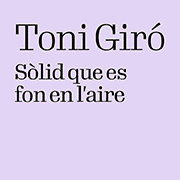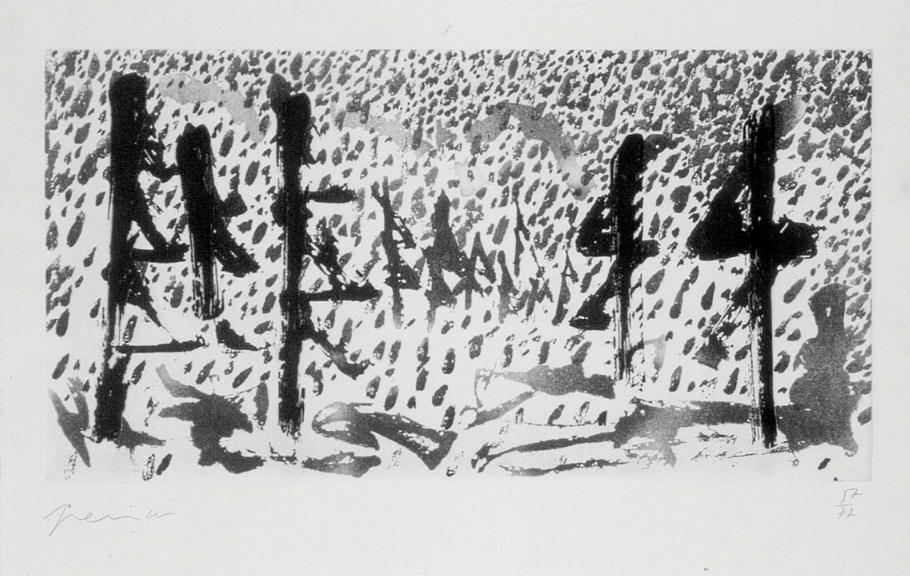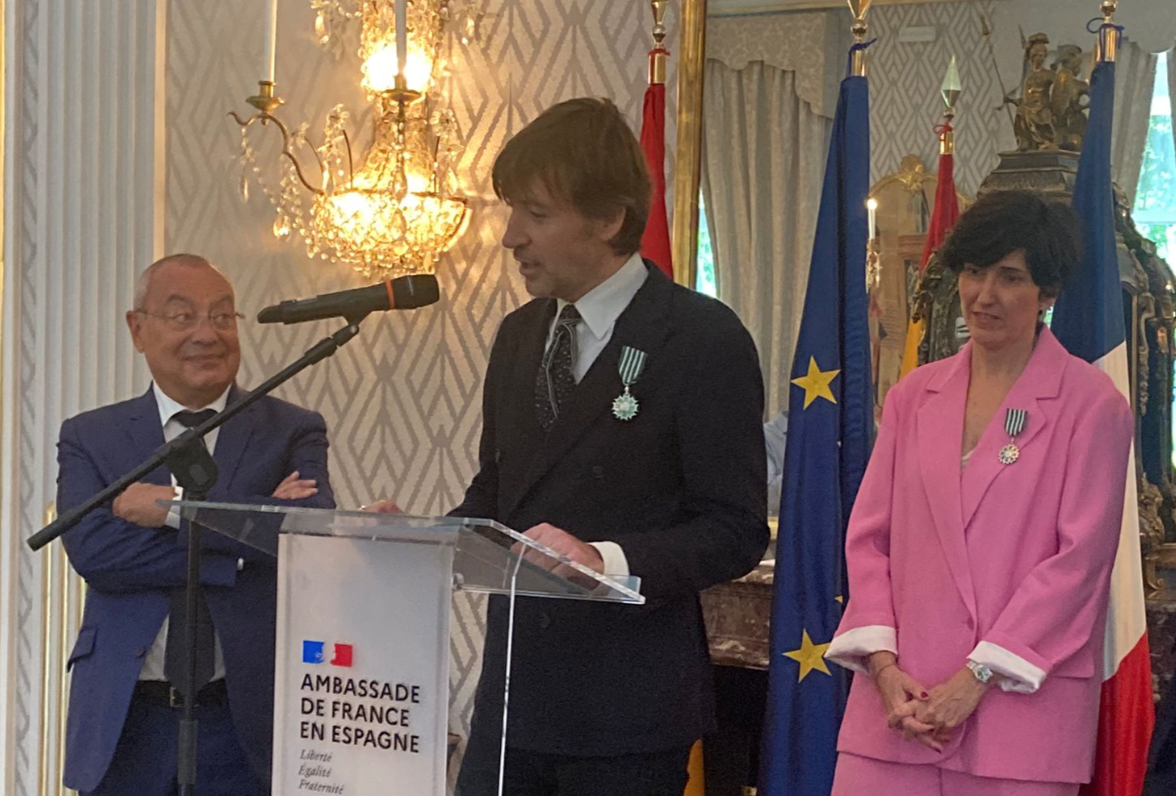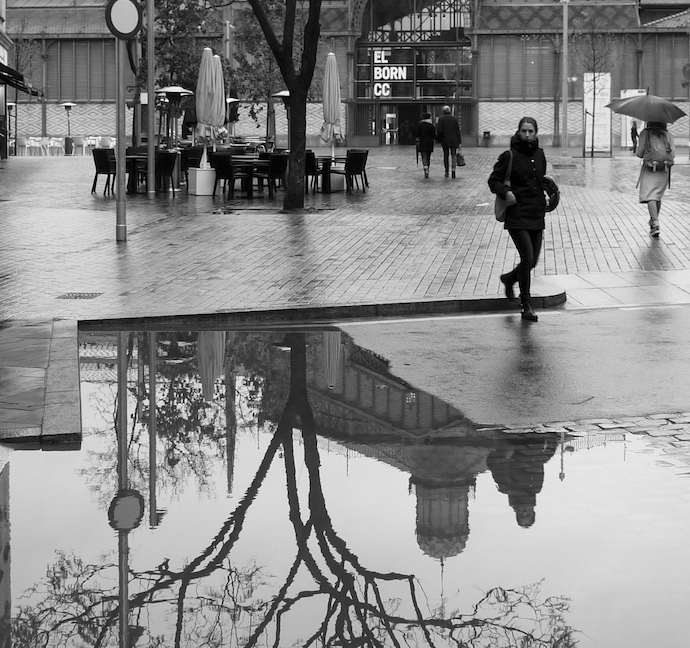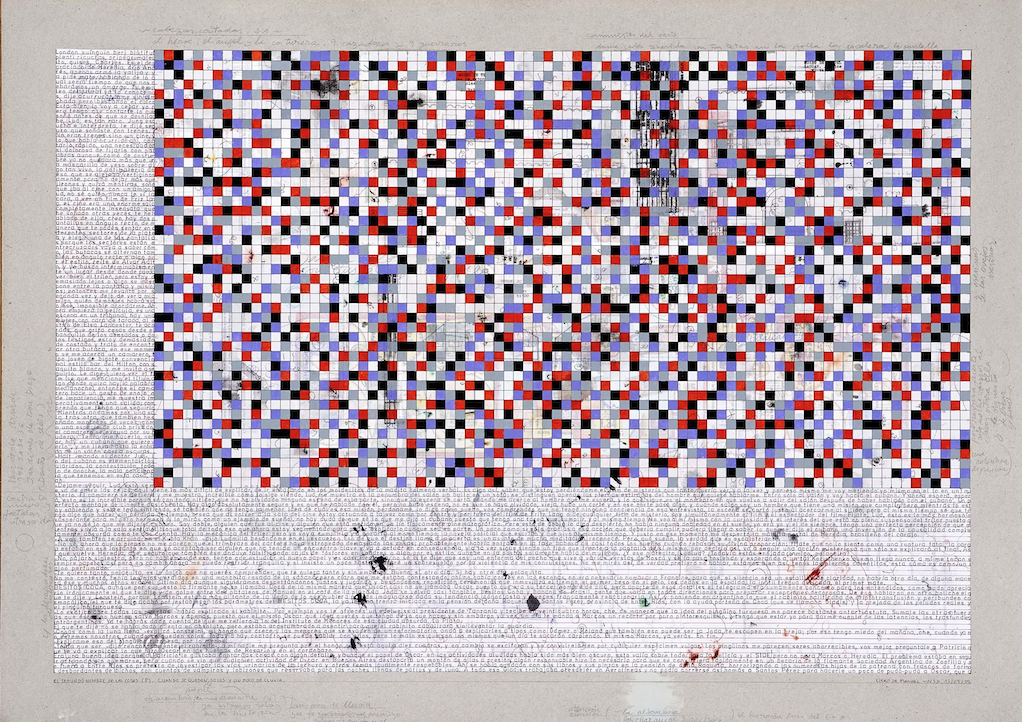library
Isabel Saludes. Spaces, time and silence
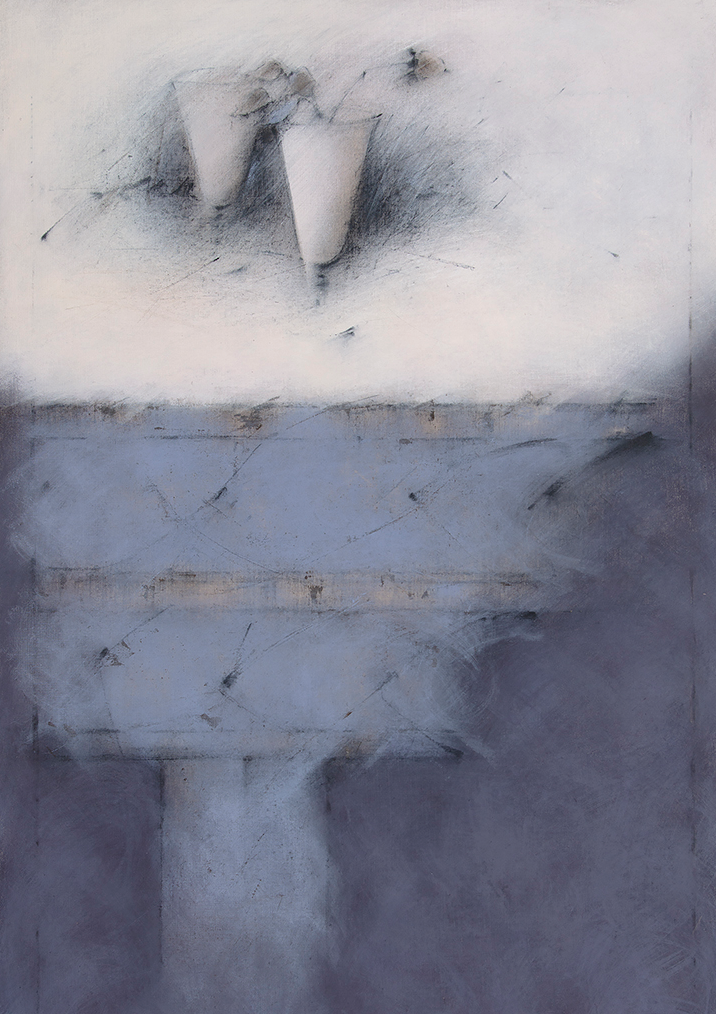
Although the painter Isabel Saludes is the artist with the most national and international projection in the Tarragona region, with exhibitions all over Spain and Germany, Japan, Portugal, France and Switzerland, and with an extensive newspaper archive and many catalogs , until now he did not have a publication that included his pictorial production.
This book takes a look at his career and at the same time presents us with an analysis of the main topics covered by the artist. The title of the book refers, first of all, to the importance of space in his work, an essential element, very elaborate spaces, indefinite, suggestive, sometimes mysterious, always intimate. Spaces that evoke the passage of time, silent spaces that ask the viewer for time and meditation.
The book begins with an extensive section in which he explains his experiential and artistic journey. He received his first lessons in Alforja (Baix Camp), his hometown; he later completed his academic training at the Faculty of Fine Arts of the University of Barcelona. In 1982 she had her first exhibition in Begur and later in the Faculty of Fine Arts, but the exhibition that began to make her known was the one held in 1986 at the Matisse Gallery, with many good critical comments. . Two years later he exhibited at the Eude Gallery in Barcelona, with which he began his national and international projection.
The next chapter is devoted to space, to which we have already referred; is the container element of your objects, a topic that follows. Objects play an indisputable role, they are for Isabel the element that connects her to the real world. It is surprising the polysemous richness of these works in which we see decontextualized objects, outside their everyday environment, getting them to dialogue with the spectators or, at least, making them delve into their memories, into their memory.
The following section is dedicated to nature and its landscapes, as well as to its leaves, flowers and fruits, a theme that has been present in his work since the beginning. Nature is a background that is manifested in many of his works both for the treatment of light and its atmospheres. A natural order that intertwines with the lived areas.
The last chapter is devoted to the relationship between his painting and poetry, a constant element in his pictorial production to which most critical comments on his work refer. We must also add the poetic value of the titles of his paintings or poems, which he creates to coexist with his pictorial production.


